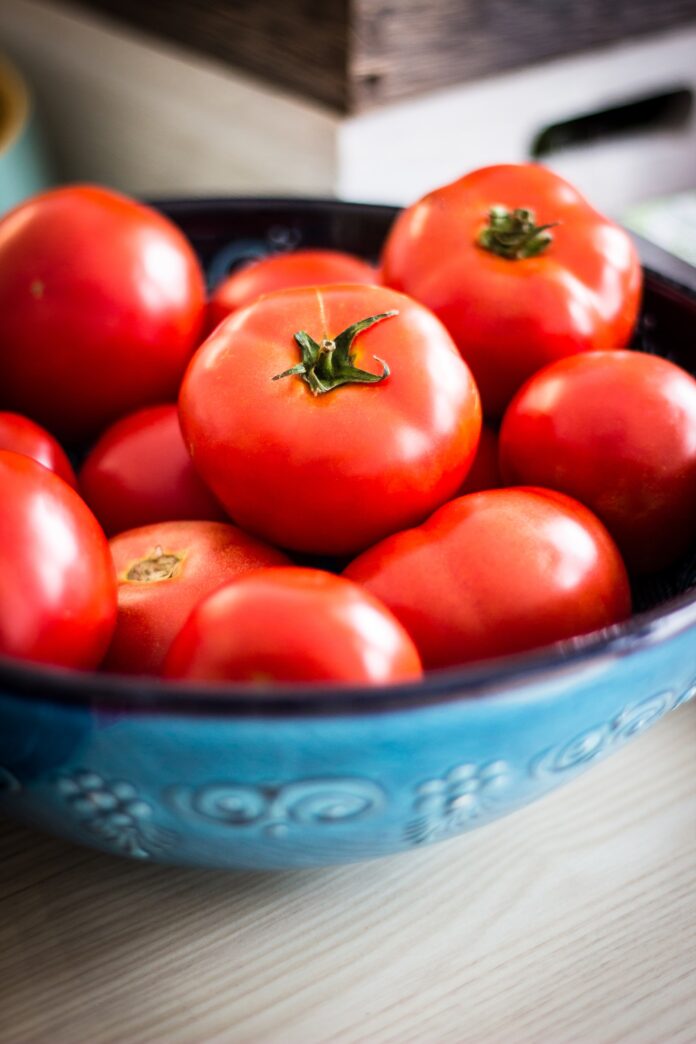According to the National Gardening Survey done by Garden Research, 39% of people that spend time gardening are seniors – that is the highest percentage of all age ranges. Fruits and vegetables are the most popular thing to grow, however, this can be quite labor-intensive and tough on the muscles and joints, particularly when working at ground level. Setting up a raised bed can make gardening a lot easier, especially if you’re in your golden years; you can even have a bed built at waist height, so you won’t need to bend or crouch down to do the important jobs like digging and weeding.
Setting up your bed
A raised bed can be easily made using four pieces of wood as a frame. If you want your bed to be reasonably high, pallets stacked on the ground can provide a solid and heavy framework. One of the most important things when you set up a raised bed is making sure that it has plenty of drainage. In an ordinary garden bed, the water will drain off into the soil network. In a raised bed, you will need to make sure that there is a layer of stones, pebbles or rubble at the bottom of the bed, otherwise it is easy for the soil to become waterlogged, particularly in the winter months when there is more rain. Once you have your bed set up and underlayer of stones, the rest of the bed can be filled with good-quality topsoil.
Seasonal planting
If you want to ensure that your crops thrive in your raised bed you should try and plant seasonally. Using the USDA plant hardiness map will help you to work out the best produce to grow. The planting zones are worked out depending on the weather and climate in your area. For instance, if you live in a cold area such as Alaska, which is in zone 1, root vegetables like swedes and turnips would do well. But if you live in the humid zone 11, which includes Hawaii, pineapples will thrive in the soil.
Maintaining your raised bed
Weeding is one of the most important jobs that you need to do regularly when you have a raised bed. There are some excellent gardening tools made by brands like Radius and Corona, that are ergonomically designed so that you don’t strain any muscles or joints. You can also get lightweight battery operated tools for weeding and pruning that will do any repetitive work. Watering your crops regularly is also essential. To reduce the frequency of this, you can fill large plastic bottles with water and place them upside down in the soil – the water will slowly trickle out over a few days. This is a great way of recycling the upcycling plastic bottles too.
Growing your own produce in your backyard is extremely rewarding. With only a few seeds, some time and a little nurture, you will soon be harvesting healthy, homegrown fruit and vegetables for your dinner.

























